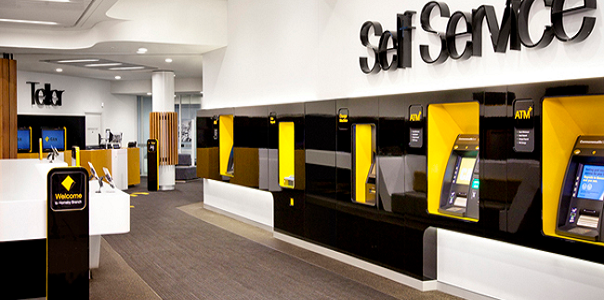Traditional banks are organised around money in branches, with technology, incentive systems, and knowledge about customers structured around branches and product lines. The bank of future will not operate in the same way. Today major banks have banking apps for smart phones. But digital banking should – and will soon – go further than that.
Banks are shutting down branches — Europe closed 20,000 in the last four years, and thousands have been closed in the U.S. It is estimated that banks will go from 1 branch per 20,000 customers now to 1 branch per 250,000 customers. Banks will move to electronic channels where a transaction is much cheaper than one performed by a teller.
Where exactly is the value in digital banking?
While the cost-saving opportunity for banks comes in many forms and touches every area of the bank, there are two areas that are especially significant and represent the bulk of the value:
Automation of servicing and fulfillment processes and migration of front-end activity to digital channels. On automation, cost reductions in a range of internal processes through careful deployment of work-flow tools and self-servicing capabilities for customers and staff.
On front-end transformation, beyond diverting existing branch activity into digital channels, digital tools can also be used to augment frontline servicing (for example, with iPad forms rather than paper forms, or videoconference access to specialists to maximise their utilisation)—easily doubling staff productivity and enhancing the customer experience.
The potential for revenue uplift is not quite so concentrated. Rather, banks need to pursue a broader range of opportunities, including improved customer targeting via digital marketing and micro segmentation, more dynamic, tailored pricing and product bundling, third-party integration (for example, with Facebook), product white-labeling, appropriate distribution via aggregators, and, of course, establishment of distinctive mobile and online sales offerings. In the near term, shorter-tenure, high-turnover products like credit cards, loans, and payments to see the most digital transformation.
How to banks can go digital on a low investment mode
Going digital doesn’t have to mean millions in new investment dollars or convulsive upheaval in IT. Sizable investment will no doubt be necessary in some areas, but in general, many of the elements banks need to exploit this opportunity may already be in place. Banks just need to leverage them better and invest in these targeted ways:
Maximize the use of existing technology. Many banks have widely deployed imaging and work-flow systems, online servicing, capacity-management software, interactive-voice-response systems, and other connectivity and work-management technologies. Addressing this problem requires systematic evaluation of existing capabilities, their usage rates, and barriers to adoption.
Apply lightweight technology interventions. Banks can generate significant performance gains with surprisingly small targeted investments. Examples include wider deployment of tools like e-forms and work-flow systems, which can be implemented relatively rapidly, sometimes without deep integration into complex legacy architectures.
Place a few selective big bets. There will be places where you need to pursue more sweeping transformation investments. However, instead of trying to automate every aspect of a given process or product, home in on the few that drive the most capacity consumption and give the greatest return. Do not build a gleaming digital empire for the sake of it.
A glimpse of the bank of the future
- Your phone is your wallet, just tap-to-pay- The idea that your phone could replace your payment cards has been around for several years. Your phone will work like a contact-less card. There are early adopters rolling this out in New Zealand and Australia already.
- Omni-channel banking – a combination of branch banking and digital banking merging the customer experience of both of these channels to a seamless, integrated one. For example, as you are watching a programme about moving to Spain one night you browse your banks web site or app for Spanish mortgages. Later that week when you enter the branch to take out some money from the ATM a smart Bank employee approaches you holding a tablet and asks if you are Mr Smith, and would you be interested in reviewing the Bank’s range of overseas mortgages.
The digital disruption, lowering entry barriers and changing consumer habits are challenging the way bank operates.
In short, the competitive landscape is changing with the coming of Fintech firms and the transformation of financial service delivery. If you need any assistance on your digital audit and preparation of your digital banking roadmap please contact us on 2331636 or contac@infosystems.mu.

